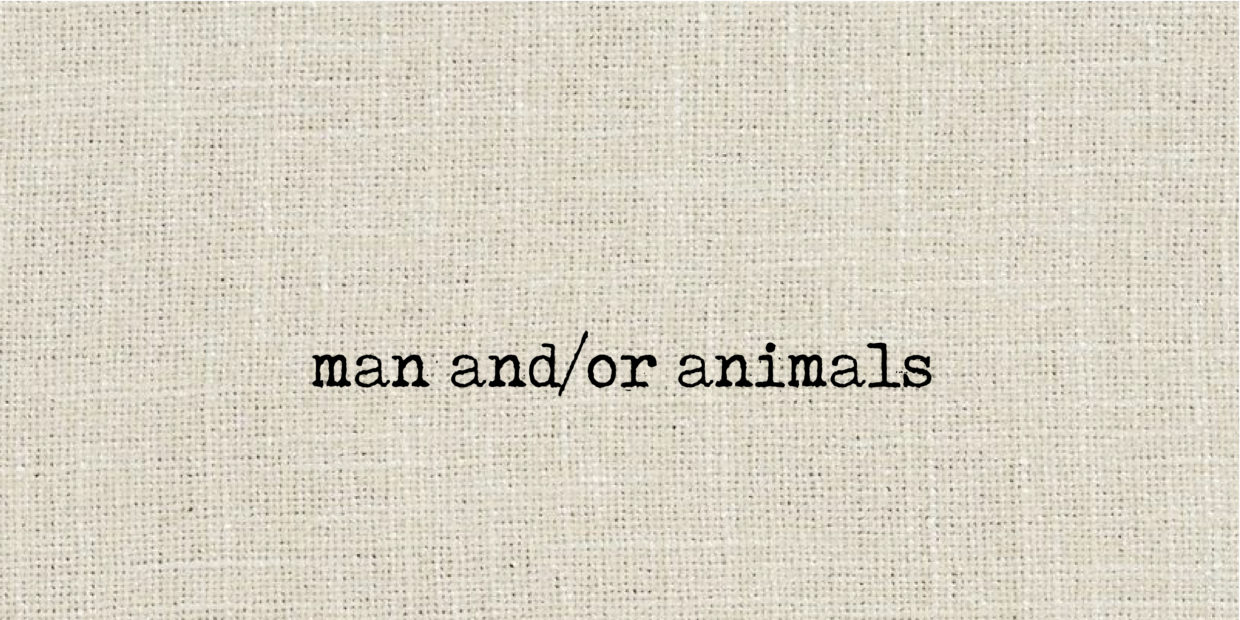The pandemic started in China at the end of 2019 and has spread rapidly across the globe. The Netherlands has also had its share. To date, the 14th of June 2020, there are officially 49 thousand people in the Netherlands tested positive for corona, 12 thousand people have been admitted to hospitals, and 6 thousand people have died. In reality, the numbers are higher. Based on antibody determinations in blood donors, it is estimated that about 5% (roughly 1 million) of the Dutch population of 17 million inhabitants now have antibodies in their blood against corona. The country is currently slowly coming out of the lockdown, a process complicated by the anti-racism riots that have blown over from the United States. It is now feared that these mass events, during which the people did not always adhere to social distancing, could start a second corona wave. Anyhow, the damage caused to the economy by the lockdown is enormous. A contraction of at least 6% of the flourishing Dutch economy is expected, together with a dramatic increase in bankruptcies and in the number of unemployed people. So far in this story, the corona epidemic in the Netherlands resembles that in other European countries. However, a bizarre event took place. The coronavirus has been found in minks in 13 out of the 140 Dutch mink farms. It is assumed that the animals were primarily infected by humans, subsequently the virus jumped from one animal to another. In the meantime, the reverse is also the case: two individuals, working with these animals on the farm have been infected with the coronavirus by minks. These are the first cases in the Western world of contamination of humans by animals. In an attempt to prevent mink farms to become a long-term animal reservoir of corona, it was decided by the government to kill all animals from the 13 farms. In the interim, they have indeed been culled.
It is in fact no surprise at all that the animals in the Netherlands have been infected by the coronavirus. The first cases of corona in humans involve infections of humans in Wuhan, China, by a coronavirus that naturally occurs in bats and has probably been transmitted to humans through other animals (thought to be pangolins or snakes). Furthermore, it is nowadays well known that many other human infectious diseases also occur in animals. Take as an example leprosy, the oldest of all diseases. The past decades it was discovered that armadillos living in the wild in Southern states of the USA and in Central and South America are carriers of the leprosy bacterium and can transmit the dreadful disease to humans. Recently, squirrels in the UK were found to be infected with leprosy. However, transmission of infection to humans has so far not been reported. Another example is the plague, the mother of epidemic diseases—known in the Middle Ages as the black death—, which naturally occurs in rats. Furthermore, the common flu, caused by the influenza virus, is connected with animals. Certain types of this virus occur in birds and can be transmitted to humans. And there are many more. It is thought that up to 60 percent of all human infectious diseases on earth occur in both humans and animals.
The coronavirus is here to stay with us either in man and/or in animals. It reminds us of the strong and eternal entanglement of man and nature.
Henk Menke, Rotterdam, The Netherlands, 13-06-2020




